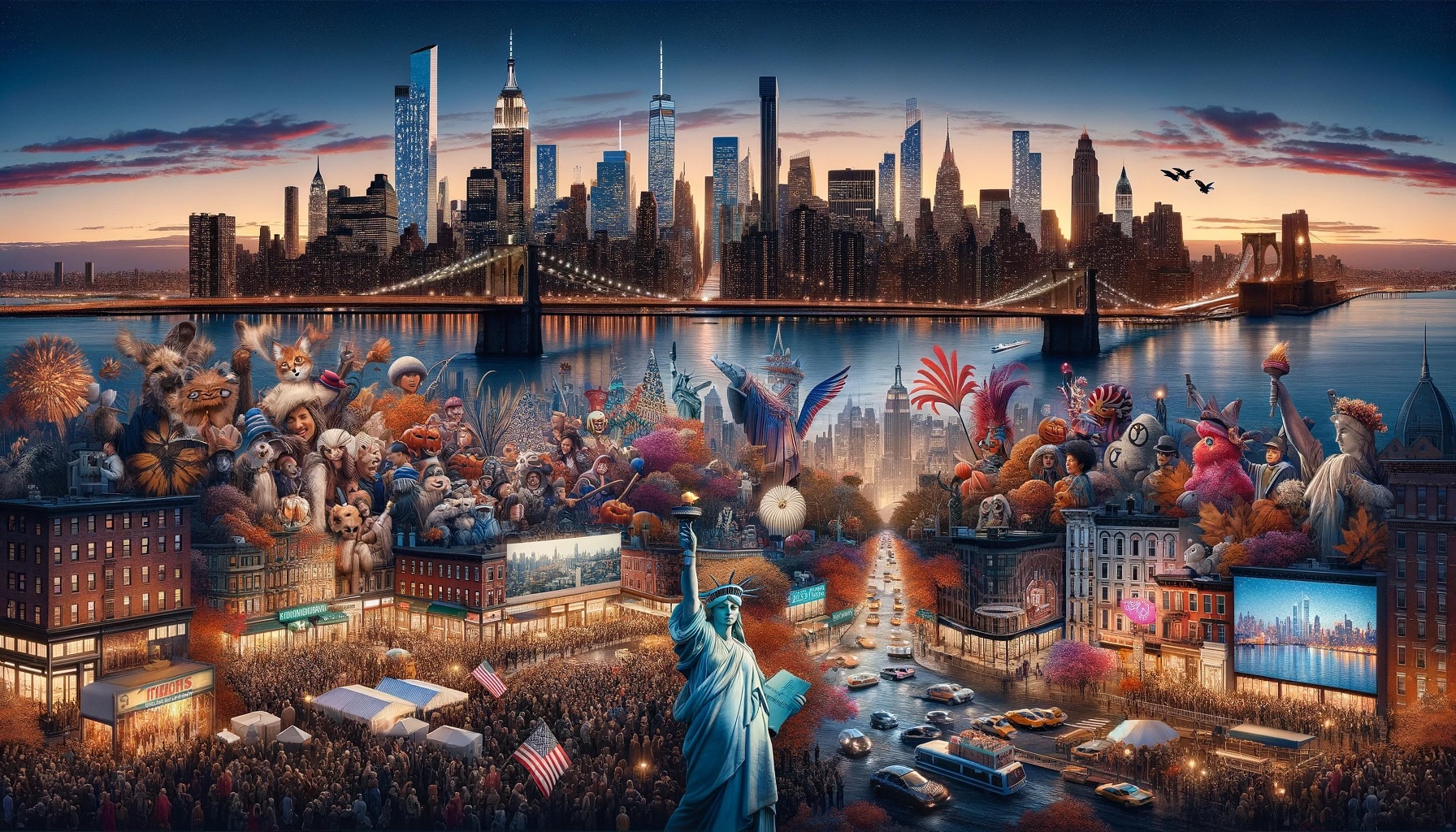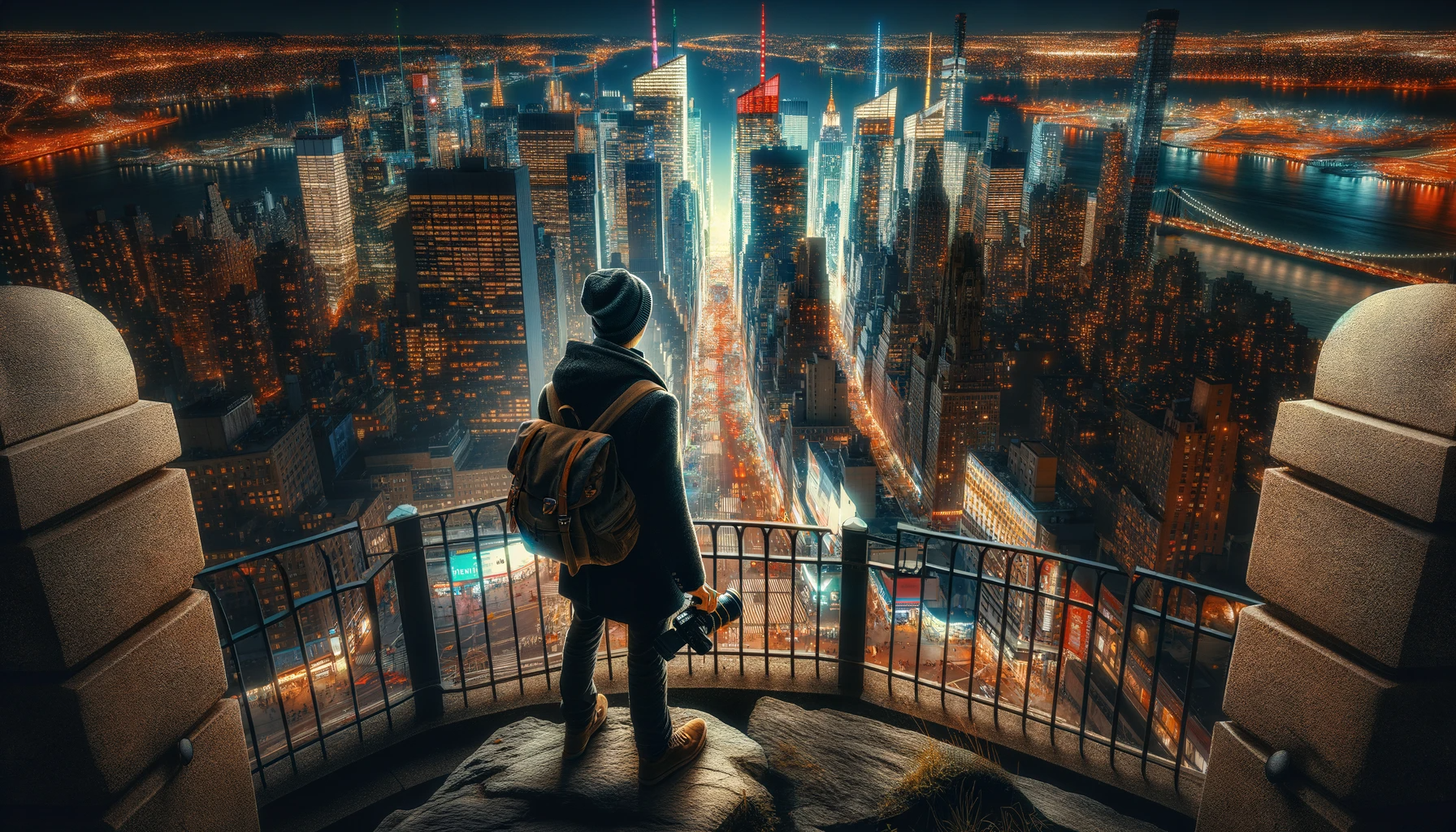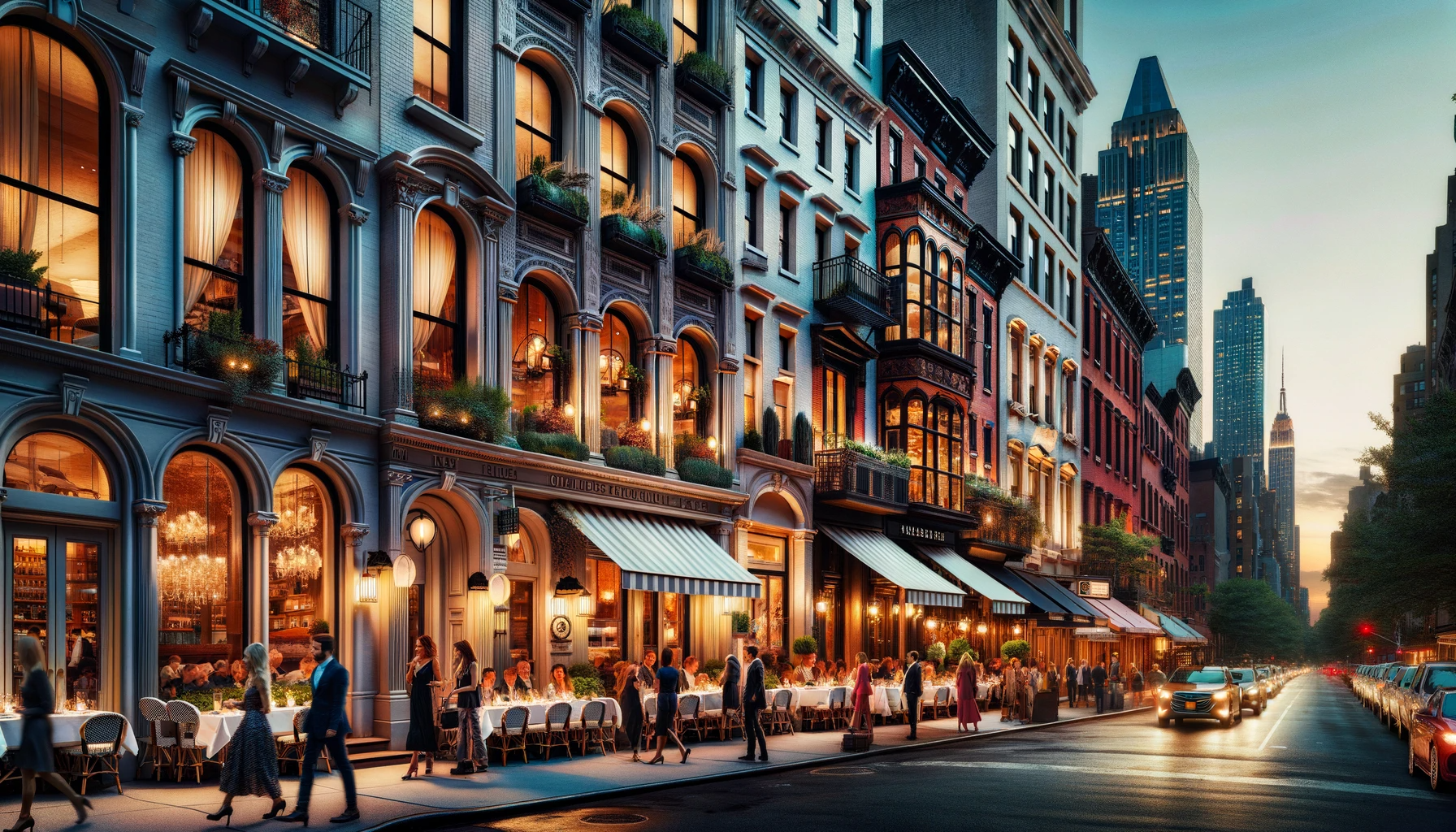Central Park, one of the most iconic and beloved landmarks in New York City, is a haven of greenery, peace, and recreation in the midst of the bustling metropolis. But have you ever wondered about the history of this 843-acre oasis? From its humble beginnings as a rocky and swampy wilderness, to its transformation into a world-renowned public park, Central Park has a rich and fascinating history that is worth exploring. In this blog post, we will take a journey through time and uncover the history of Central Park, from its conception to its present-day glory.
The Birth of Central Park: A Vision for a Better City
Central Park was born out of a need for a public park in the growing and overcrowded city of New York in the mid-19th century. As the city’s population exploded, so did the problems of urbanization, such as pollution, crime, and poverty. To address these challenges, a group of influential New Yorkers, led by Frederick Law Olmsted and Calvert Vaux, envisioned a public park that would not only provide a green escape for the city’s residents, but also serve as a model for urban planning and design.
In 1858, the city held a design competition for the park, and Olmsted and Vaux’s plan, called the “Greensward Plan,” was selected as the winner. The Greensward Plan called for a naturalistic landscape, with winding paths, lakes, and gardens, as well as a series of recreational and cultural facilities, such as playgrounds, concert venues, and museums. The goal was to create a park that would be accessible to all, regardless of social class or background, and provide a sense of community and connection to nature.
The Creation of Central Park: A Herculean Task
The creation of Central Park was a massive and complex undertaking that required years of effort and collaboration. The park was built on a rocky and swampy terrain that had to be cleared and leveled, and the lakes and streams had to be dug by hand. The park’s designers also had to deal with the challenges of urbanization, such as sewage and runoff, and incorporate them into their design.
Despite these difficulties, the park’s construction proceeded at a rapid pace, and by the 1870s, many of its key features, such as Bethesda Fountain, the Bow Bridge, and the Great Lawn, were completed. Over the years, the park continued to evolve and expand, with new additions, such as the Central Park Zoo, the Conservatory Garden, and the Central Park Conservancy, which was established in 1980 to restore and maintain the park.
Central Park Today: A Living Legacy
Today, Central Park is a beloved and cherished icon of New York City, attracting millions of visitors from all over the world each year. The park is a testament to the vision and determination of its designers and builders, who saw the potential for a better and more livable city. It is also a testament to the power of nature and the importance of public spaces in urban life.
Whether you are a local resident or a visitor to New York, a visit to Central Park is a must. You can stroll through the lush gardens and scenic landscapes, take in a concert or performance, or simply relax and enjoy the beauty and tranquility of this urban oasis. Whatever you do, don’t miss the chance to experience the history and magic of Central Park.






